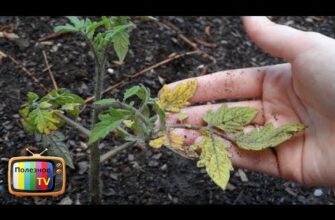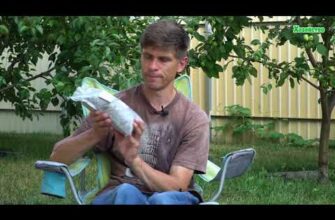- Преимущества и недостатки торфяного горшка для рассады
- Преимущества торфяного горшка
- Недостатки торфяного горшка
- Экологическая безопасность
- Пластмассовый горшок
- Торфяной горшок
- Удобство использования
- Воздухопроницаемость горшка
- Возможность пересадки рассады
- Преимущества и недостатки пластмассового горшка для рассады
- Долговечность
- Водопроницаемость горшка
- Торфяной горшок
- Пластмассовый горшок
- Устойчивость к повреждениям
- Возможность повторного использования
- Удобство хранения и транспортировки
- Стоимость горшка
- Выводы
- Вопрос-ответ:
- Какой горшок лучше использовать для выращивания рассады — торфяной или пластмассовый?
- Какие преимущества у торфяных горшков для рассады?
- Видео:
- В чем сажать рассаду ? Обзор ячеек и горшков для рассады!!
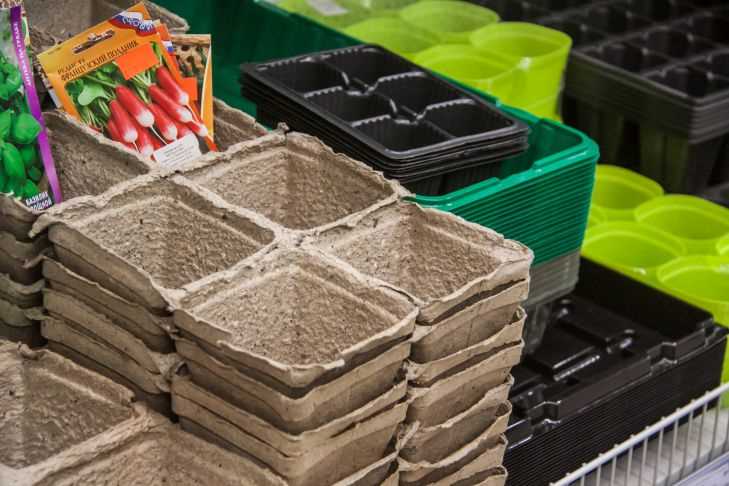
При выращивании рассады растений важно выбрать правильный горшок. Он должен обеспечивать комфортные условия для корневой системы и способствовать здоровому развитию растений. Два наиболее популярных типа горшков для рассады — торфяной и пластмассовый.
Торфяной горшок является более экологичным и естественным выбором. Он изготовлен из прессованного торфа, который обладает хорошей воздухопроницаемостью и способствует улучшению структуры почвы. Такой горшок также пропускает воду и позволяет корням растений дышать. Кроме того, торфяные горшки могут быть пересажены вместе с рассадой прямо в землю, что предотвращает повреждение корней.
С другой стороны, пластмассовые горшки имеют свои преимущества. Они стойкие к влаге и долговечные, что делает их удобными в использовании. Кроме того, пластмассовые горшки можно мыть и использовать повторно, что позволяет сэкономить деньги и ресурсы. Однако, пластмассовые горшки могут нагреваться на солнце, что может вызывать перегрев корневой системы растений.
В итоге, выбор между торфяным и пластмассовым горшком зависит от индивидуальных предпочтений и условий выращивания рассады. Торфяной горшок подходит для тех, кто стремится к экологически чистому выращиванию, а пластмассовый горшок — для тех, кто ценит удобство и долговечность. В любом случае, основное внимание следует уделить правильному уходу за рассадой, независимо от выбора горшка.
Преимущества и недостатки торфяного горшка для рассады
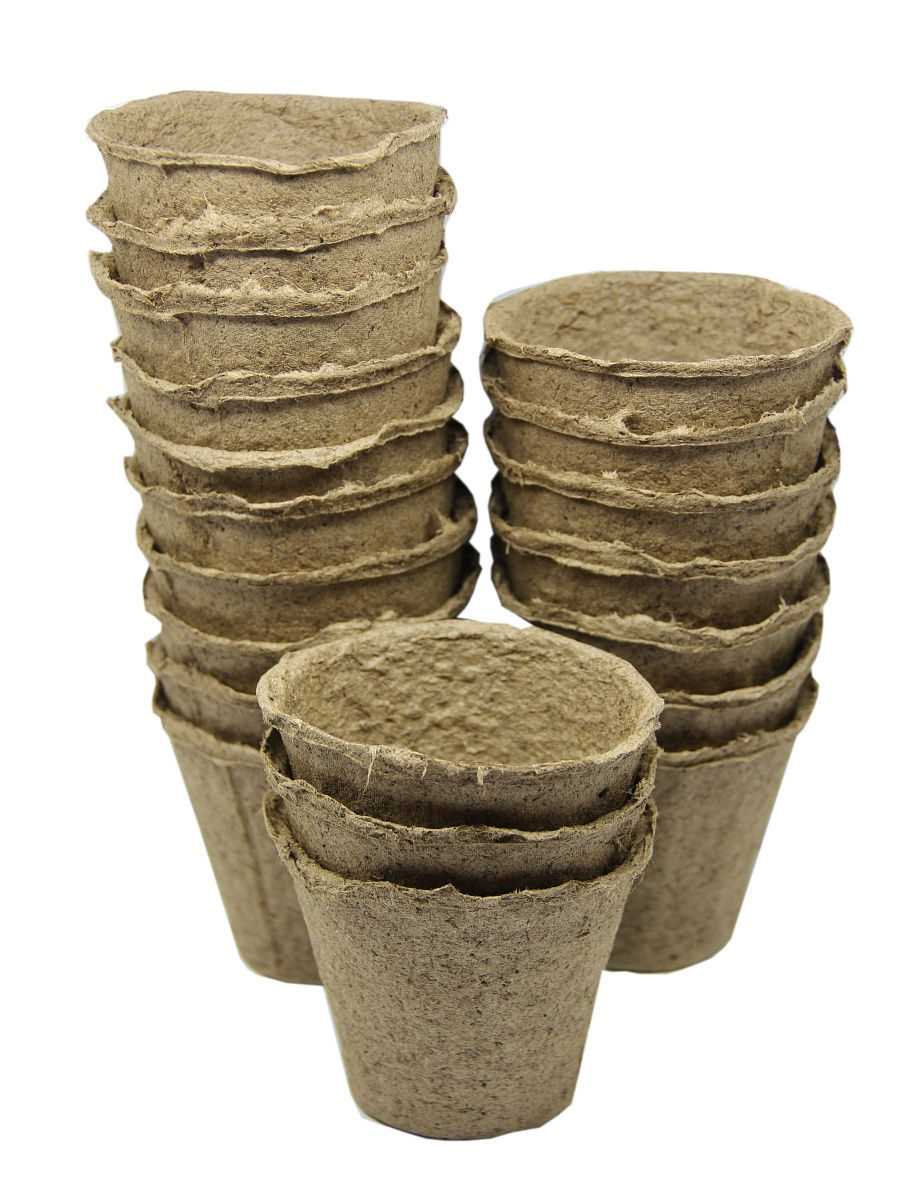
Когда дело касается выбора горшка для рассады, многие садоводы задаются вопросом, какой вид горшка лучше использовать — пластмассовый или торфяной. Ответ на этот вопрос зависит от ряда факторов, включая требования к растениям и ожидаемый результат.
Преимущества торфяного горшка
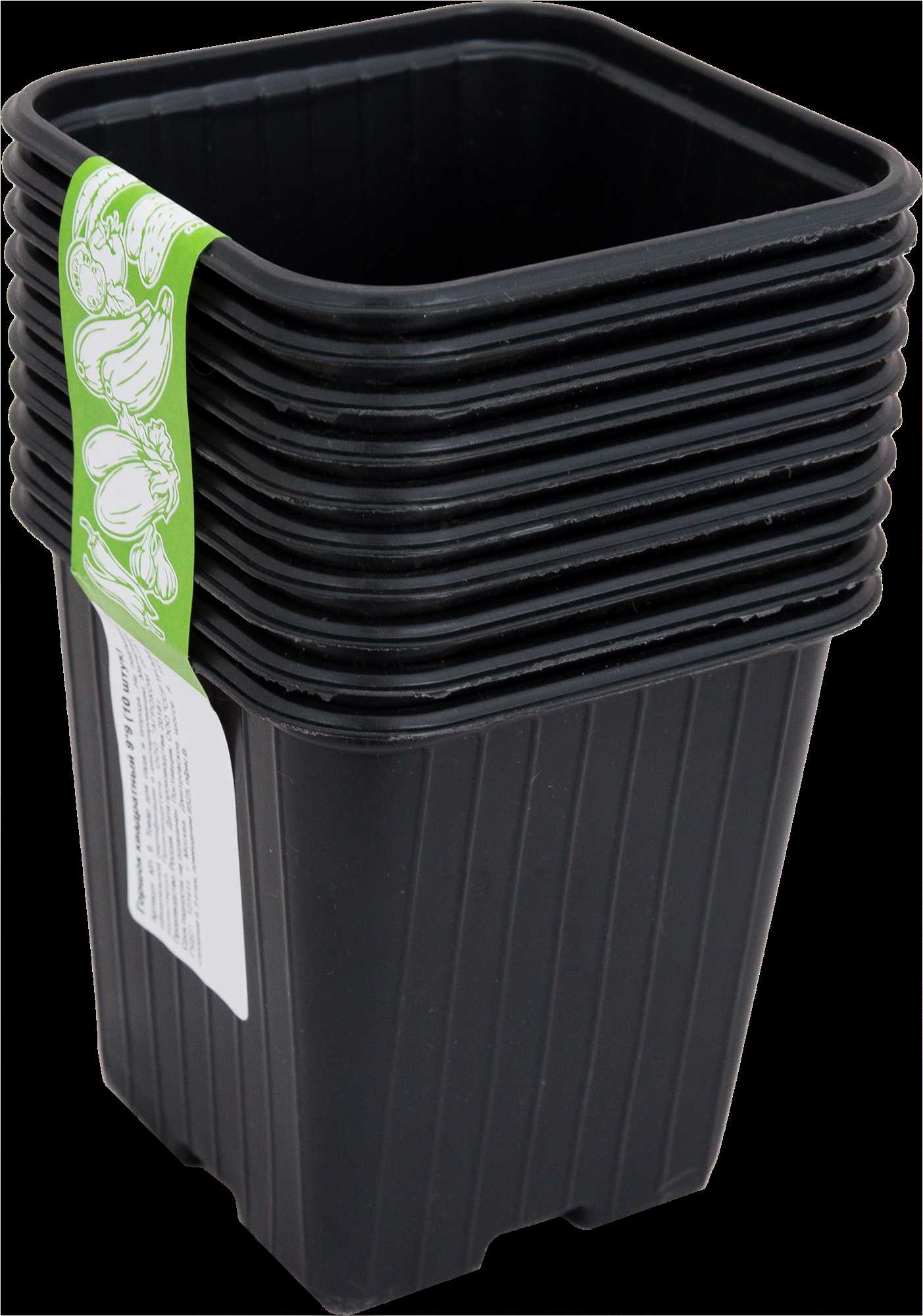
Торфяной горшок имеет ряд преимуществ, делающих его подходящим выбором для рассады. Во-первых, торфяной горшок является биоразлагаемым материалом, что означает, что его можно посадить вместе с растением в землю без необходимости извлекать рассаду из горшка. Это способствует более плавному переносу растения и уменьшает риск повреждения корней.
Во-вторых, торфяной горшок обладает высокой воздухопроницаемостью. Это позволяет корням рассады получать достаточное количество кислорода, что способствует их здоровому росту. Кроме того, торфяной горшок способствует развитию системы корней сетчатого типа, что способствует лучшему удержанию почвы и позволяет корням более эффективно поглощать воду и питательные вещества.
Недостатки торфяного горшка
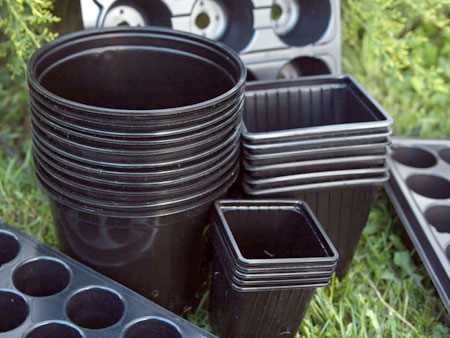
Однако, у торфяного горшка есть и некоторые недостатки. Во-первых, он может быть слишком хрупким и легко разрушаться при обработке или транспортировке. Также, торфяной горшок склонен быстро высыхать, что требует более частого полива по сравнению с пластмассовым горшком.
Еще одним недостатком торфяного горшка является его более высокая стоимость по сравнению с пластмассовым горшком. Это может быть существенным фактором для садоводов, которые имеют большой объем рассады и хотят сэкономить на материалах.
В итоге, выбор между пластмассовым и торфяным горшком для рассады зависит от индивидуальных предпочтений и целей садовода. Торфяной горшок может быть лучшим выбором для тех, кто ценит биоразлагаемость и хорошую воздухопроницаемость, но может быть менее привлекательным с точки зрения стоимости и прочности.
Экологическая безопасность
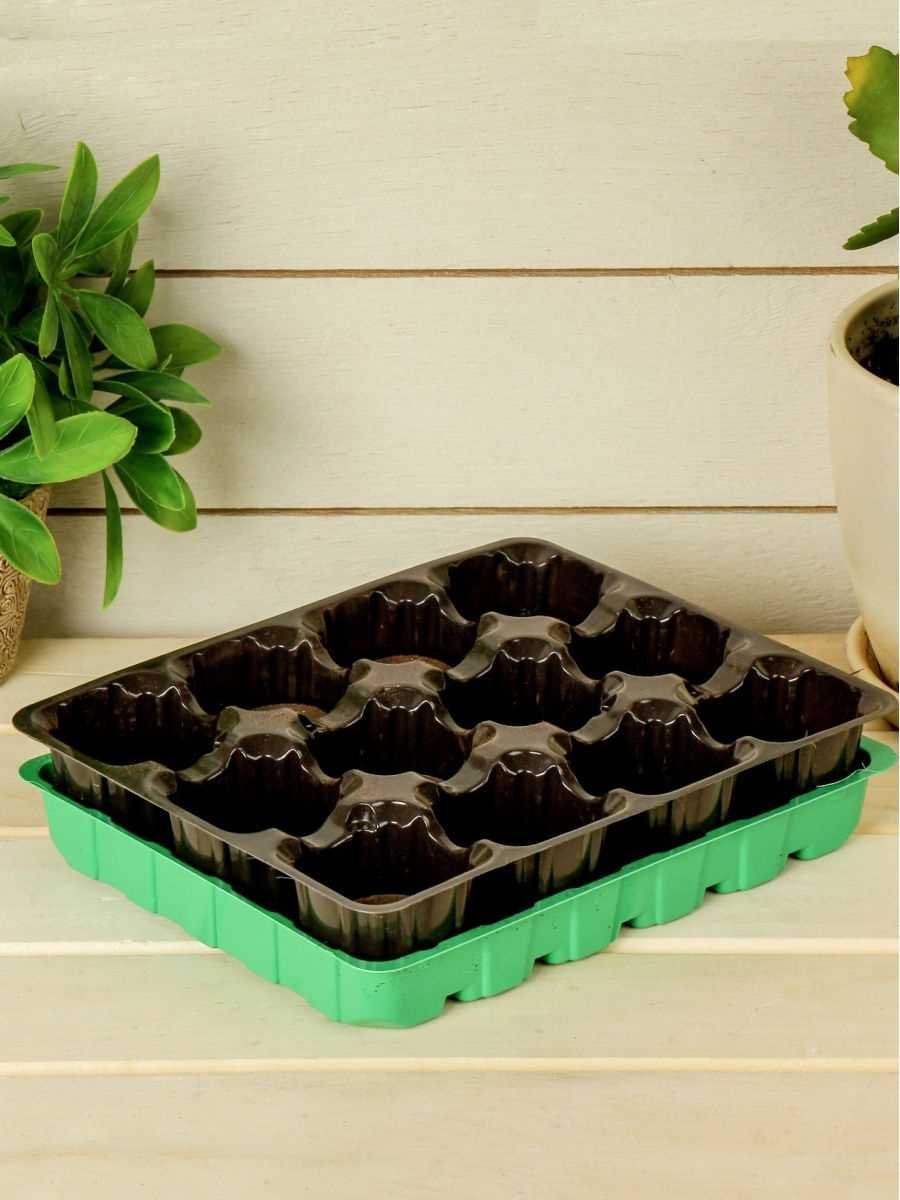
Один из важнейших вопросов, которые возникают при выборе горшка для рассады, — это какой вид использовать: пластмассовый или торфяной. Ответ на этот вопрос связан с экологической безопасностью.
Пластмассовый горшок
Пластмассовые горшки являются широко распространенным выбором для выращивания рассады. Они дешевы, легкие и удобные. Однако, их использование может иметь негативные последствия для окружающей среды.
- Пластмасса не разлагается естественным образом, что означает, что горшки могут накапливаться на свалках и загрязнять окружающую среду.
- Производство пластмассовых горшков требует большого количества энергии и нефти, что в свою очередь негативно влияет на экологию.
Торфяной горшок
Торфяные горшки, сделанные из натурального материала, являются более экологически безопасным выбором.
- Торф — это природный кластер, который разлагается естественным образом и не загрязняет окружающую среду.
- Производство торфяных горшков требует меньше энергии и нефти по сравнению с пластмассовыми горшками.
В итоге, выбор между пластмассовым и торфяным горшком для рассады зависит от вашего приоритета на экологическую безопасность. Если вы хотите сделать выбор в пользу зеленой планеты, то торфяной горшок будет лучшим решением.
Удобство использования
При выборе горшка для рассады, важным фактором является удобство использования. Торфяной горшок отличается легкостью и простотой в использовании. Он мягкий и гибкий, что позволяет легко извлекать рассаду при пересадке. Кроме того, торфяной горшок разлагается со временем, что делает его идеальным вариантом для экологически осознанных садоводов.
С другой стороны, пластмассовый горшок также имеет свои преимущества. Он прочный и долговечный, что позволяет использовать его несколько раз. Кроме того, такой горшок обычно имеет дренажные отверстия, что способствует нормализации влажности почвы и предотвращает застой влаги.
Также стоит упомянуть о том, что пластмассовые горшки могут быть частью горшковых кластеров, что облегчает перемещение и транспортировку рассады. Это особенно удобно, если вы собираетесь перенести рассаду на открытый грунт или укоренять ее в другом месте.
Воздухопроницаемость горшка
Когда речь идет о выборе горшка для рассады, одним из важных критериев является воздухопроницаемость. На этот параметр необходимо обращать внимание, так как от него зависит здоровье и развитие растений.
Торфяной горшок обладает отличной воздухопроницаемостью, что позволяет корням рассады получать достаточное количество кислорода. Он позволяет легко проникать воздуху внутрь горшка и вывести избыток углекислого газа. Это особенно важно на ранних стадиях развития растений, когда они особенно чувствительны к окружающим условиям и нуждаются в хорошей вентиляции.
С другой стороны, пластмассовый горшок не обладает такой высокой воздухопроницаемостью, как торфяной. Он может быть полностью герметичным и не позволять воздуху проникать внутрь. Это может привести к недостатку кислорода для корней рассады, что отрицательно скажется на их развитии. Также, избыток углекислого газа может накопляться внутри горшка, что также может негативно сказаться на росте и развитии растений.
Возможность пересадки рассады
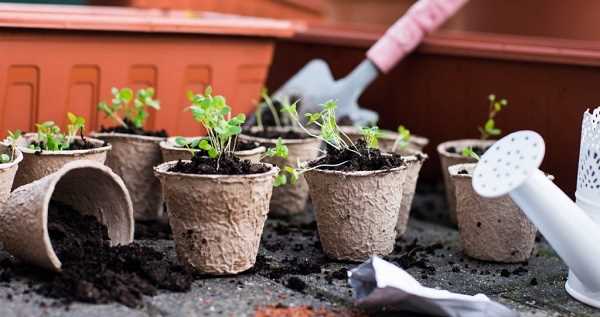
Одним из важных критериев при выборе горшка для рассады является возможность пересадки. Когда растения вырастают и становятся слишком большими для своего текущего горшка, их необходимо пересаживать в более просторные контейнеры.
Торфяной горшок предоставляет возможность легкой и безопасной пересадки рассады. Такой горшок имеет мягкие стенки из торфяных волокон, которые не повреждают корни растений при пересадке. Кроме того, торфяной горшок можно разложить в земле, что способствует быстрому прорастанию корней и их развитию.
Пластмассовый горшок также может быть использован для пересадки рассады. Он обладает прочной и стабильной структурой, которая не деформируется при пересадке. Однако, при использовании пластмассового горшка, необходимо быть осторожным, чтобы не повредить корни растений при извлечении их из горшка.
Таким образом, какой горшок выбрать для пересадки рассады — торфяной или пластмассовый, зависит от ваших предпочтений и опыта в выращивании растений. Оба типа горшков имеют свои преимущества и недостатки, поэтому рекомендуется выбирать исходя из индивидуальных потребностей и условий выращивания.
Преимущества и недостатки пластмассового горшка для рассады
При выборе горшка для рассады, одним из вариантов может быть пластмассовый горшок. Какой горшок лучше — пластмассовый или торфяной?
Пластмассовый горшок имеет свои преимущества. Во-первых, он долговечен и может использоваться многократно. В отличие от торфяного горшка, который обычно разрушается после посадки рассады, пластмассовый горшок остается в хорошем состоянии и может быть использован в следующем сезоне.
Во-вторых, пластмассовый горшок обладает меньшей степенью впитывания влаги по сравнению с торфяным горшком. Это означает, что рассада в пластмассовом горшке будет иметь более стабильный уровень влажности, что способствует более здоровому росту растений.
Однако, пластмассовый горшок имеет и свои недостатки. Во-первых, он не является экологически чистым материалом, так как производство пластика требует большого количества энергии и ресурсов. Кроме того, пластмассовые горшки могут быть сложными для переработки и могут накапливаться на свалках в течение длительного времени.
Таким образом, выбор между пластмассовым и торфяным горшком для рассады зависит от ваших предпочтений и целей. Пластмассовый горшок может быть хорошим вариантом, если вам важна долговечность и стабильность влажности, но в то же время не забывайте об экологических аспектах и возможности переработки. В конечном счете, решение о том, какой горшок лучше, остается за вами.
Так стоп!!! Вы всё ещё не подписаны на наши каналы в Телеграмм и Дзен? Посмотрите: ТГ - (@historyfantasydetectivechat) и Дзен (https://dzen.ru/myshortsstorys)
Долговечность
Один из важных критериев при выборе горшка для рассады — это его долговечность. В данном случае можно сравнивать торфяные и пластмассовые горшки.
Торфяные горшки обладают довольно неплохой долговечностью. Они изготовлены из прессованного торфа, который является биоразлагаемым материалом. Такие горшки могут прослужить несколько сезонов, затем они разлагаются и становятся удобрением для почвы. Однако, при некорректном хранении или использовании, торфяные горшки могут потерять свою прочность и быстро разлагаться.
Пластмассовые горшки обычно более долговечны. Их изготавливают из прочного пластика, который устойчив к воздействию влаги и солнечного света. Такие горшки могут использоваться многие годы, но могут проявлять признаки износа, например, трещины или выгорание от солнца. Тем не менее, пластмассовые горшки имеют большую степень долговечности по сравнению с торфяными.
Водопроницаемость горшка
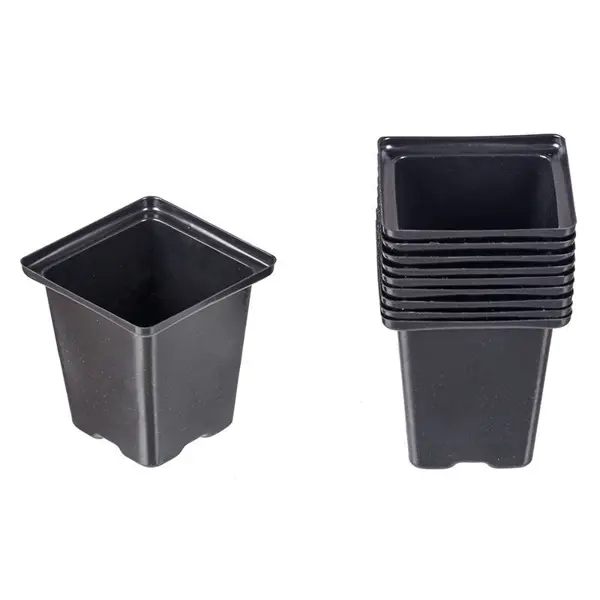
При выборе горшка для рассады важным фактором является его водопроницаемость. Какой горшок лучше: торфяной или пластмассовый?
Торфяной горшок
Торфяной горшок для рассады обладает хорошей водопроницаемостью. Он позволяет растениям получать необходимое количество влаги без задержек. Такой горшок является практичным и экологически чистым решением для выращивания рассады.
Достоинством торфяных горшков является их способность разлагаться в почве, что позволяет сажать рассаду вместе с горшком, не повреждая корневую систему растения. Однако следует учитывать, что торфяные горшки могут быстро высыхать, требуя частого полива.
Пластмассовый горшок
Пластмассовый горшок для рассады имеет низкую водопроницаемость. Это может привести к задержке влаги в горшке и перенасыщению почвы, что негативно сказывается на корневой системе растений. Однако пластмассовые горшки обладают прочностью и долговечностью, что позволяет использовать их повторно.
Для обеспечения нормального полива растений в пластмассовых горшках можно использовать кластеры или поддоны, которые позволяют контролировать количество и скорость проникновения влаги в почву. Такой подход позволит снизить вероятность переувлажнения почвы и залегания лишней влаги в горшке.
В целом, при выборе горшка для рассады необходимо учитывать баланс между водопроницаемостью, экологичностью и долговечностью. Каждый тип горшка имеет свои преимущества и недостатки, поэтому выбор зависит от индивидуальных предпочтений и условий выращивания рассады.
Устойчивость к повреждениям
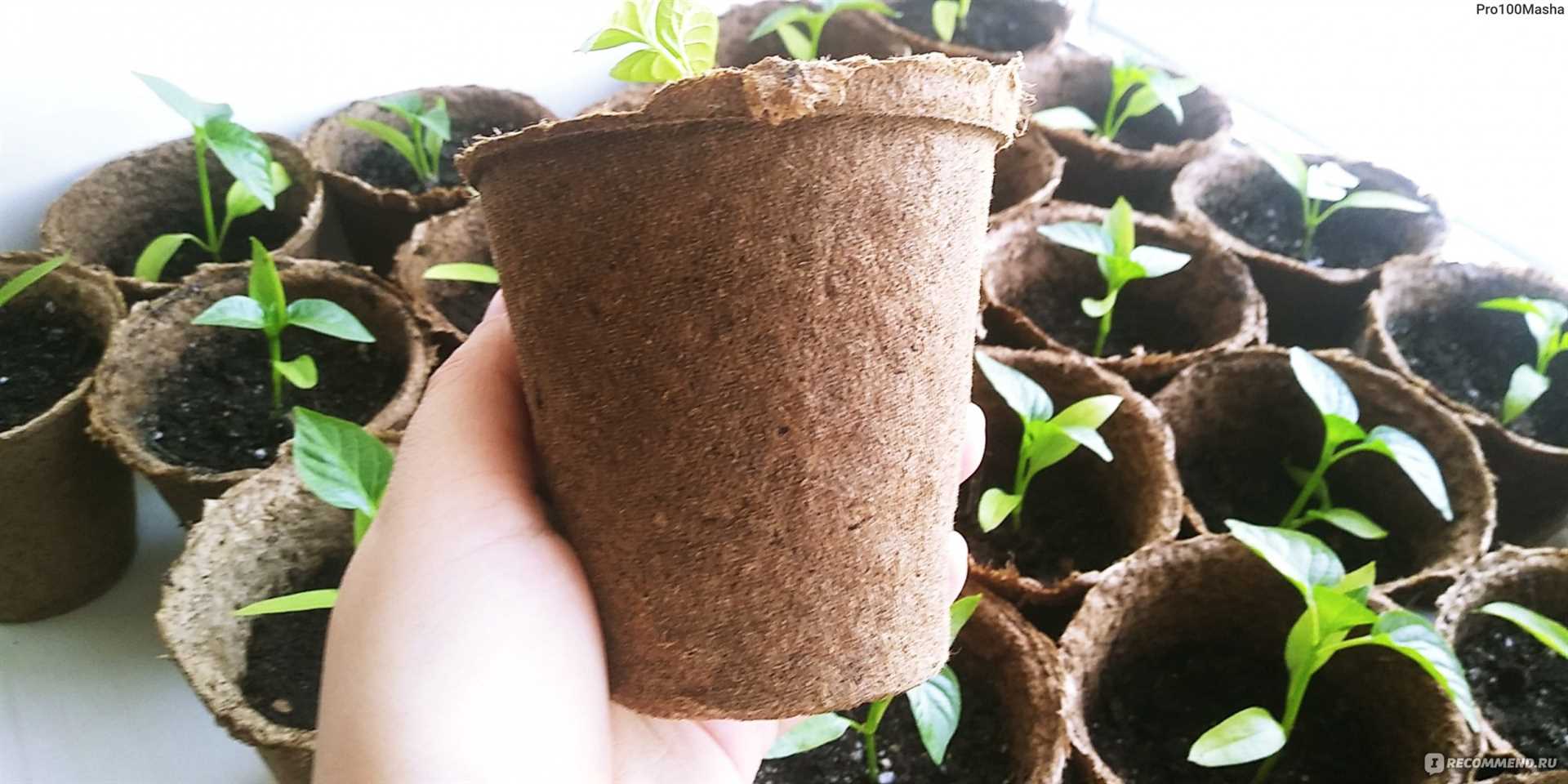
Рассада – это хрупкое и нежное растение, требующее бережного обращения и защиты от повреждений.
При выборе горшка для рассады важно учесть его устойчивость к повреждениям. Из этого аспекта торфяной горшок оказывается лучшим выбором по сравнению с пластмассовым.
Торфяные горшки изготавливаются из натурального материала, который позволяет корням рассады дышать и легко проникать сквозь горшок. Это означает, что рассада, развиваясь в торфяном горшке, не переживает стрессовых ситуаций при пересадке в открытый грунт. В отличие от пластмассовых горшков, торфяные не вызывают повреждений корневой системы при выращивании рассады.
Одной из особенностей торфяных горшков является их способность разлагаться в почву со временем. Это позволяет рассаде перенести пересадку в землю без необходимости вынимать растение из горшка, что уменьшает риск повреждения корней.
Возможность повторного использования
При выборе горшка для рассады, важным фактором является возможность повторного использования. Одним из популярных вариантов является торфяной горшок. Он обладает преимуществом в том, что его можно полностью разложить на почву после пересадки рассады. Однако, не все торфяные горшки имеют прочную конструкцию, и после первого использования они могут развалиться.
Вместо этого, пластмассовый горшок может быть более устойчивым и долговечным. Он легко моется и может использоваться несколько раз, что делает его экономически более выгодным выбором. Кроме того, пластмассовые горшки часто имеют отверстия для стока воды, что способствует лучшей аэрации корней рассады.
Если использование торфяных горшков предполагает их последующую утилизацию, то пластмассовые горшки могут быть использованы вновь и вновь, что ведет к сокращению отходов и экологической эффективности. К тому же, пластмассовые горшки обычно имеют более прочную конструкцию и могут сохранять форму даже при длительном использовании.
Таким образом, при выборе горшка для рассады, пластмассовый горшок предпочтительнее, так как он обеспечивает возможность повторного использования, экономическую выгоду и экологическую эффективность.
Удобство хранения и транспортировки
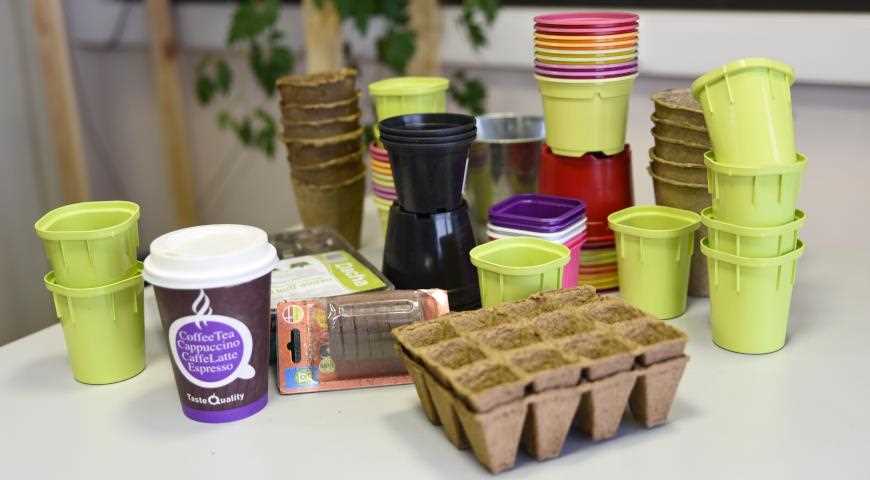
При выборе горшка для рассады важным фактором является удобство хранения и транспортировки. Здесь торфяной горшок оказывается лучше пластмассового.
Торфяной горшок для рассады занимает меньше места при хранении, так как его можно складывать в кластеры. Он легкий и компактный, что позволяет экономить пространство на полках или в ящиках.
Кроме того, торфяной горшок легче транспортировать. Он не трескается и не ломается при ударах или падении, в отличие от пластмассового горшка, который может быть хрупким и недолговечным, особенно при длительных перевозках.
Таким образом, если вам важно удобство хранения и транспортировки рассады, торфяной горшок является лучшим выбором. Он позволит вам эффективно использовать доступное пространство и сохранить целостность рассады во время перевозки.
Стоимость горшка
Выбор между торфяным и пластмассовым горшком для рассады зависит не только от их качественных характеристик, но и от их стоимости. Каждый горшок имеет свою цену, которая может отличаться в зависимости от производителя, материала, размера и других факторов.
Торфяной горшок считается более дорогим вариантом, чем пластмассовый. Это связано с тем, что процесс производства торфяных горшков требует больше затрат, так как для изготовления используется натуральный материал — торф. Кроме того, торфяные горшки более экологичны, что также может повлиять на их стоимость.
С другой стороны, пластмассовые горшки обычно стоят дешевле. Их производство требует меньше затрат, так как используется дешевый материал — пластик. Однако, не стоит забывать о том, что пластмассовые горшки могут быть менее долговечными и нестабильными, что может потребовать дополнительных затрат на замену или усиление.
Выводы
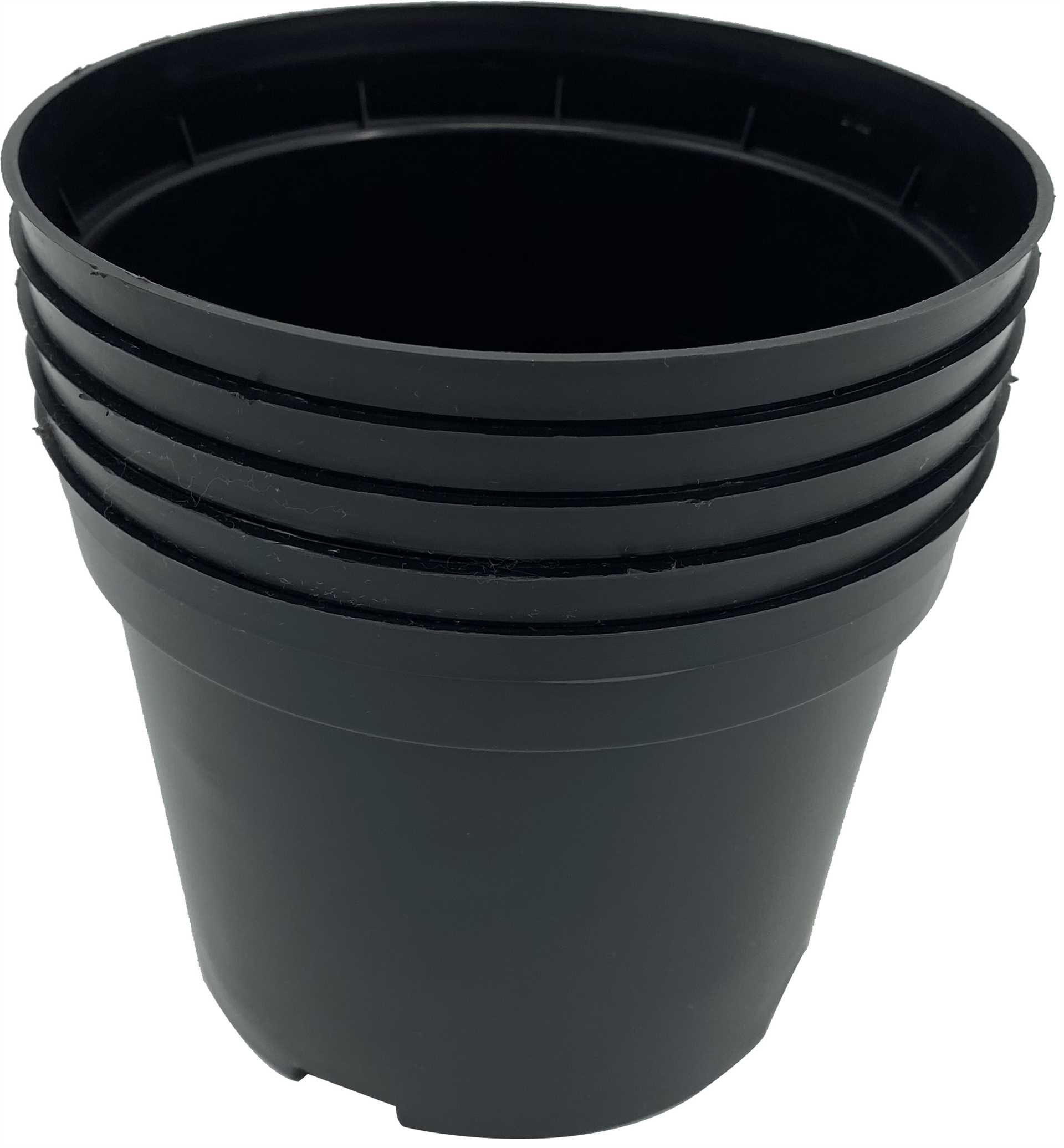
Исходя из проведенного исследования, можно сделать вывод, что выбор между пластмассовым и торфяным горшком зависит от конкретных условий и предпочтений.
Пластмассовый горшок является более прочным и долговечным в сравнении с торфяным. Он легко моется и может быть использован несколько раз, что позволяет сэкономить деньги на покупке новых горшков каждый сезон.
Однако, торфяной горшок имеет ряд преимуществ перед пластмассовым. Во-первых, он является биоразлагаемым и не требует удаления при пересадке рассады в открытый грунт. Во-вторых, торфяной горшок позволяет корням растений проникать сквозь стенки, что способствует их лучшему развитию и предотвращает перерастание корневой системы.
Конечный выбор между пластмассовым и торфяным горшком должен основываться на индивидуальных предпочтениях и условиях выращивания. Если важна долговечность и возможность повторного использования горшка, то лучше выбрать пластмассовый горшок. Если же важно обеспечить более естественные условия для развития растений и удобство при пересадке, то торфяной горшок будет лучшим выбором. Возможно также использование обоих типов горшков в зависимости от ситуации, например, пластмассовые горшки для выращивания рассады в кластерах, а торфяные для пересадки в открытый грунт.
Вопрос-ответ:
Какой горшок лучше использовать для выращивания рассады — торфяной или пластмассовый?
Оба горшки имеют свои преимущества и недостатки, поэтому выбор зависит от ваших предпочтений и условий выращивания. Торфяные горшки являются экологически чистыми и биоразлагаемыми, они позволяют корням рассады свободно проникать через стенки горшка и не требуют пересадки при высаживании на грядку. Однако, они могут быстро высыхать и требуют более частого полива. Пластмассовые горшки более прочные, удерживают влагу лучше и могут быть использованы несколько раз. Они также обеспечивают лучшую защиту от переохлаждения рассады и сохраняют форму даже при большом количестве поливов. Если вы предпочитаете удобство и долговечность, то лучше выбрать пластмассовые горшки. Если ваш приоритет — экологичность и легкость пересадки, то остановитесь на торфяных горшках.
Какие преимущества у торфяных горшков для рассады?
Торфяные горшки имеют несколько преимуществ. Во-первых, они являются экологически чистыми и биоразлагаемыми, что позволяет сократить использование пластика и уменьшить негативное воздействие на окружающую среду. Во-вторых, торфяные горшки позволяют корням рассады свободно проникать через стенки горшка, что способствует формированию крепкой и здоровой корневой системы. В-третьих, при пересадке рассады на грядку торфяные горшки не требуют удаления, они просто разлагаются в почве, что способствует лучшему приживаемости и росту растений. Однако, торфяные горшки могут быстро высыхать и требуют более частого полива.


